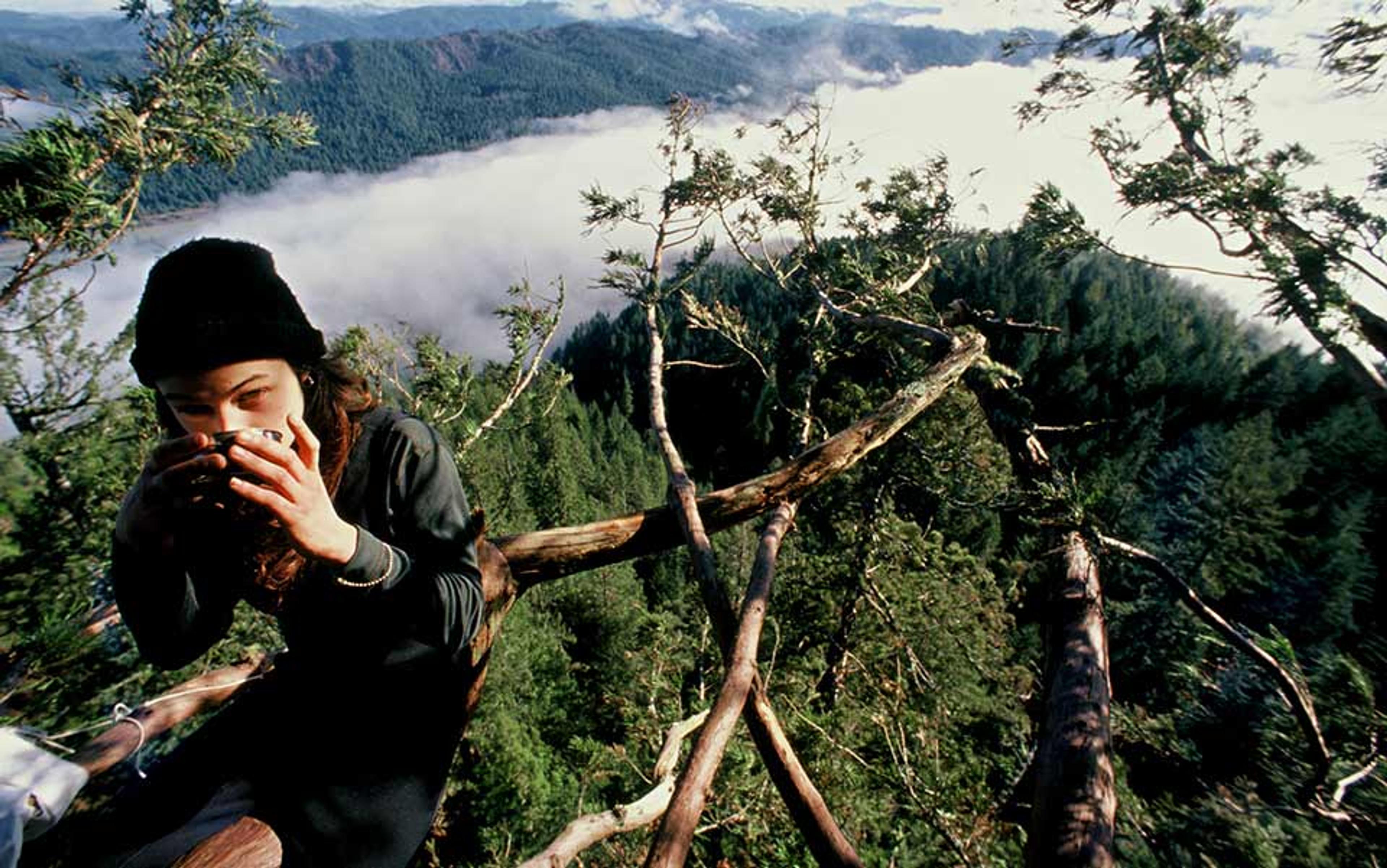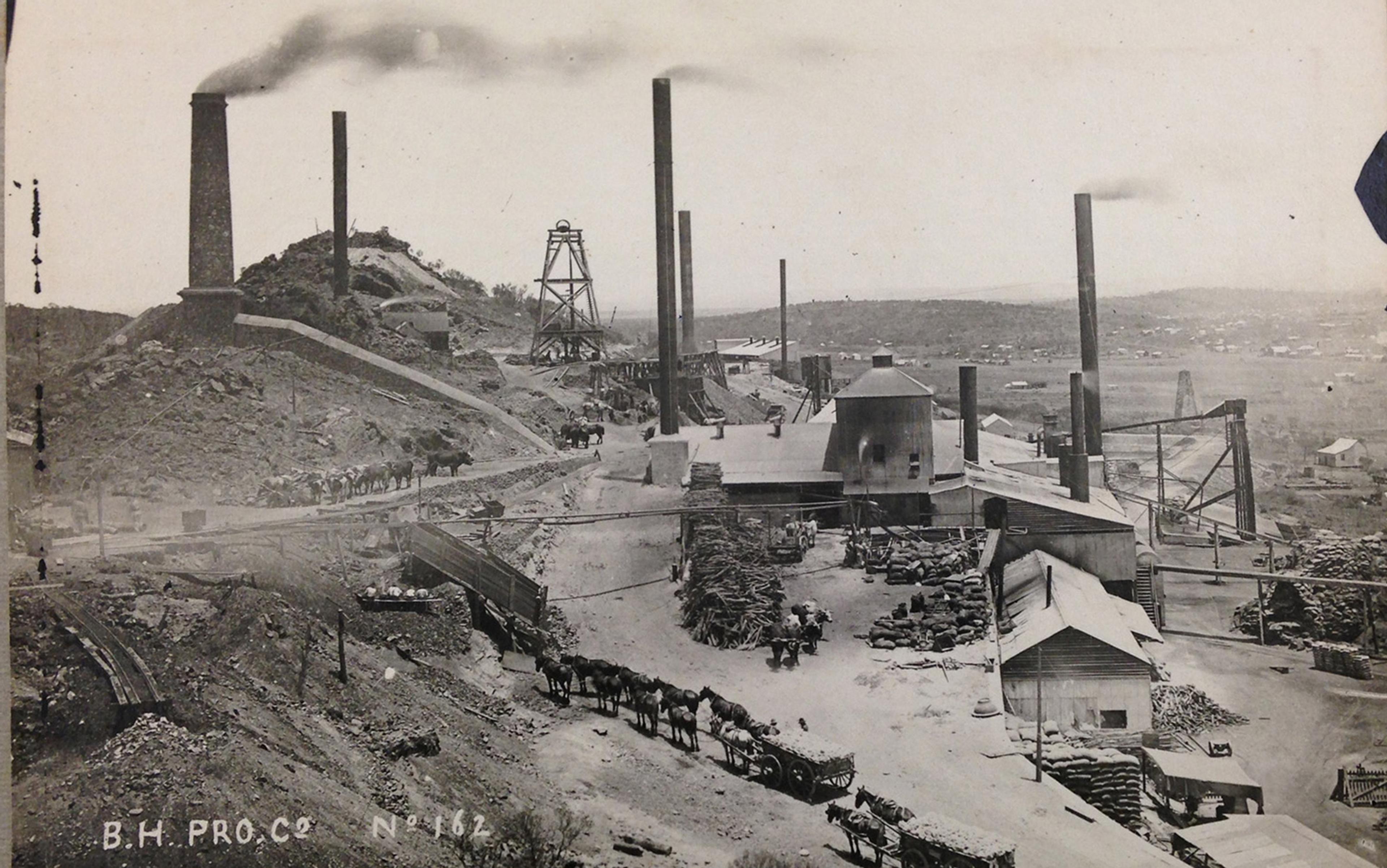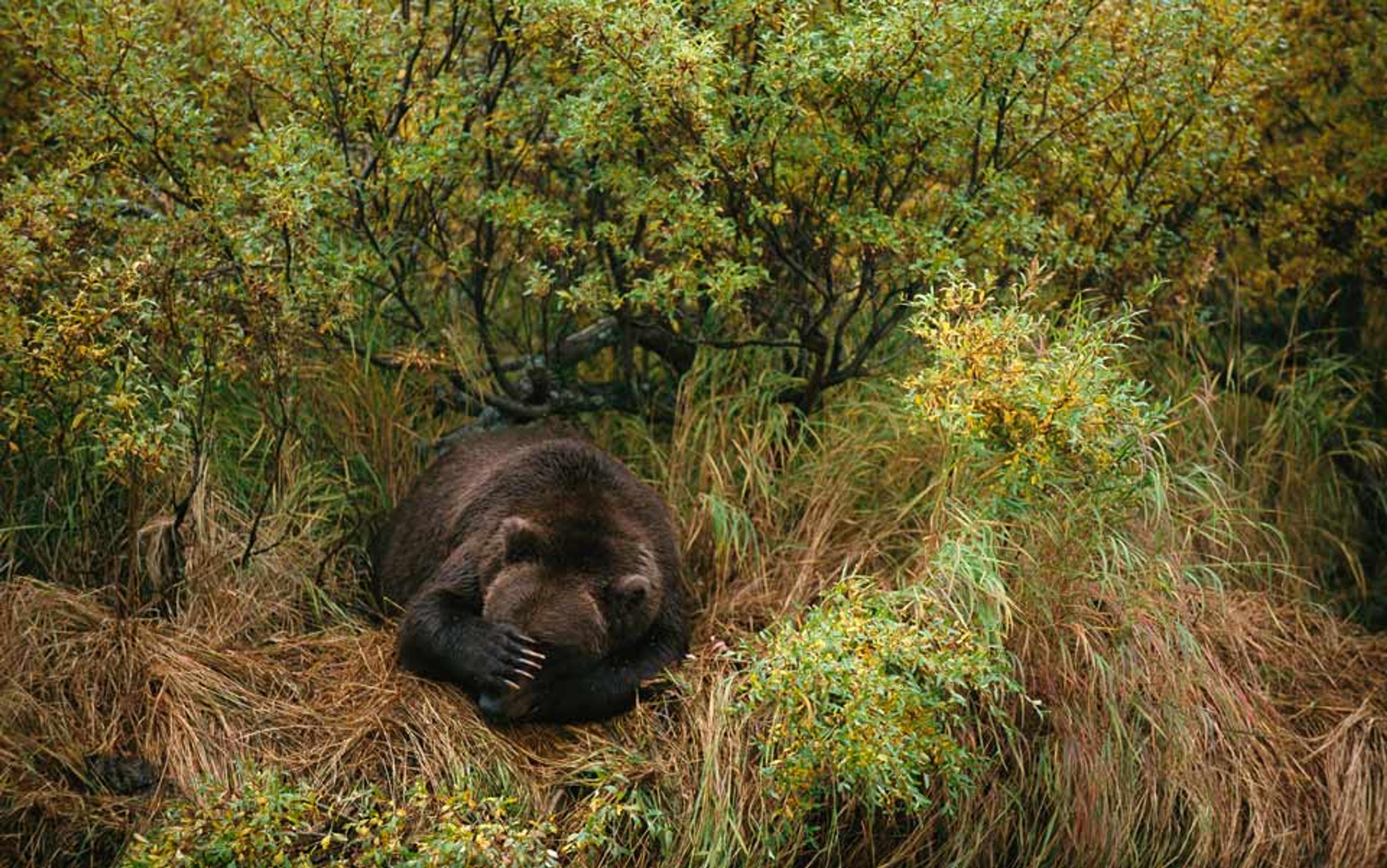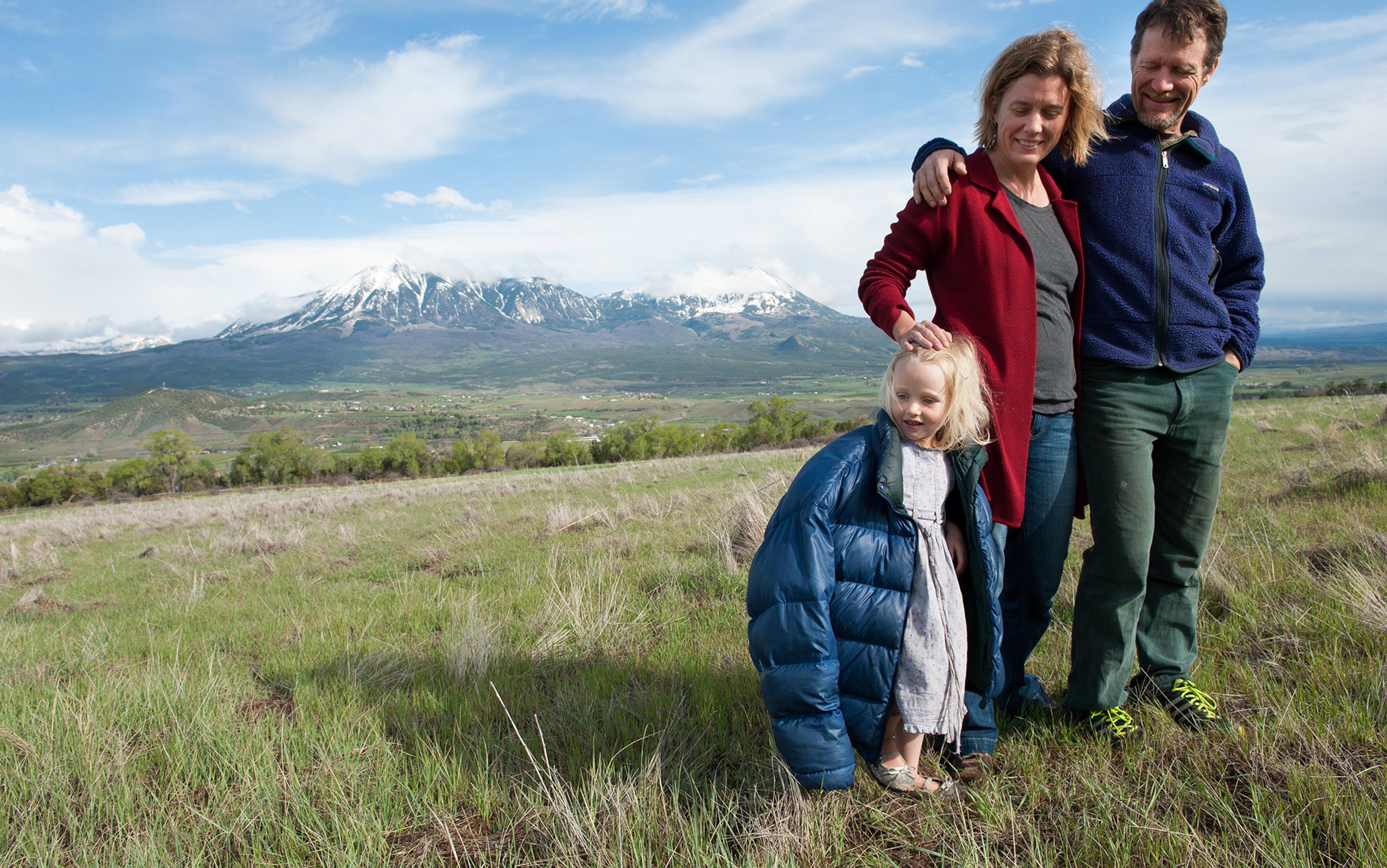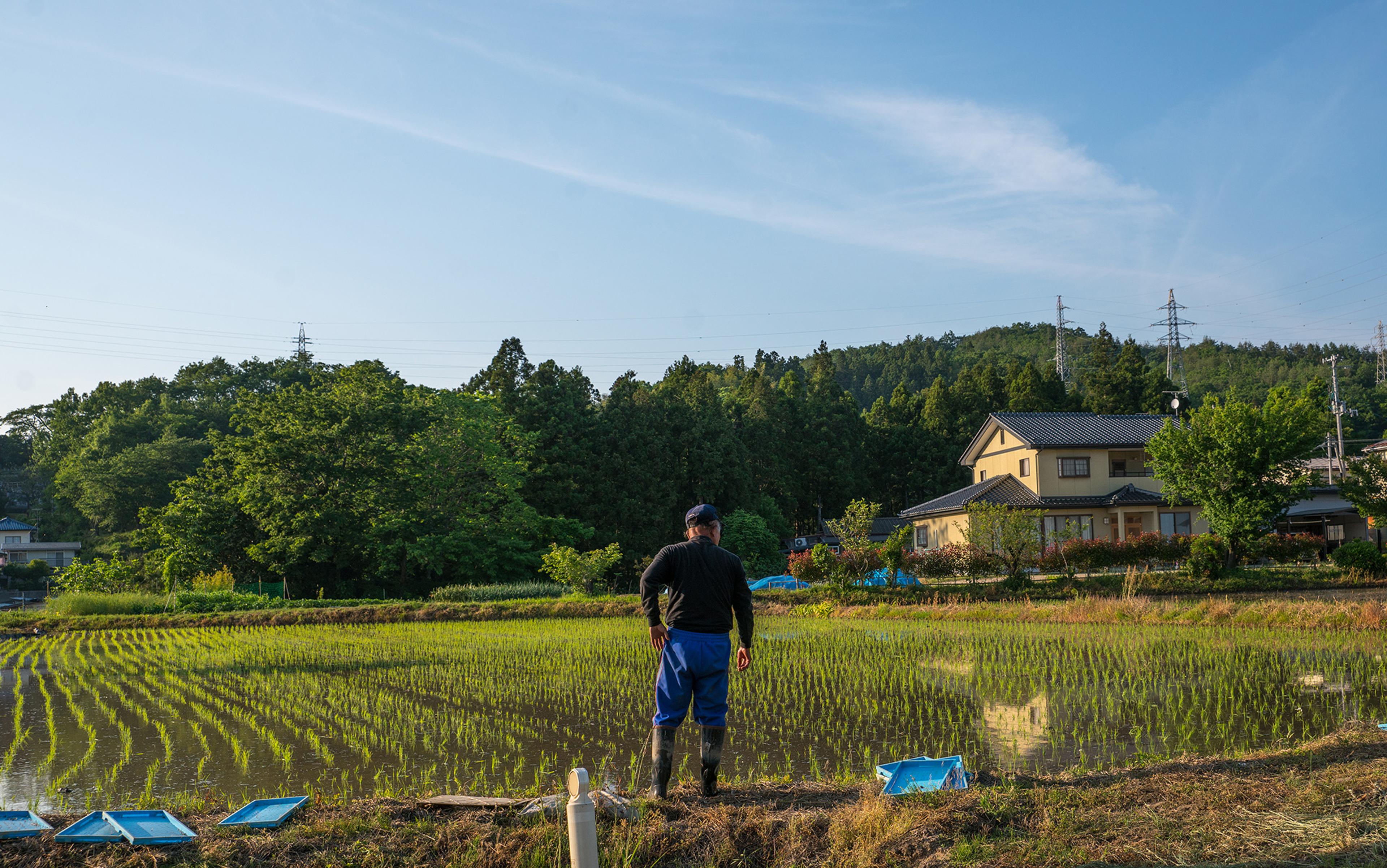I got the news naked in the New River, in the backwoods of Appalachia. Water slashed against my skin. The river was closed in by curtains of green, oak trees rippling on both sides of the bank. The messenger was naked too. She lay on a boulder that jutted out of the water, her hair willowing out in streams. She made her hands into a gun and aimed it at the sun.
‘Maybe we won’t even notice it.’ She cocked her hands back, as if preparing to fire. ‘Only part of the pipeline would hit North Carolina. The South Gate. The rest of it is in Virginia.’
But we both knew she was wrong – of course we’d notice it. These mountains, the oldest in North America, are deeply interconnected. State lines mean nothing to the rivers, the wind currents, the bats, the toads. Isolationist comfort would not protect us. We both knew this, belly-up in the river, under the twisting blue sky. Water pushed into my back, between my shoulder blades, carried here from somewhere else. The current tugged sweat and mud off my skin, and dragged it downriver.
It’s called the Mountain Valley Pipeline. There’s a lazy sheen to the name, as if the creators wanted it to sound idyllic. Like, it’s a pipeline, yes – and sure, we’ll need to clear the forests – poison the water – divide some communities – but just look at that view!
The Mountain Valley Pipeline is a 303-mile-long incision running from northwestern West Virginia to southern Virginia, with a proposed extension into central North Carolina. The pipe itself is 42 inches in diameter, and buried 3 feet underground. It was approved for construction in October 2017 and was expected to be finished in October 2020, but its progress was slowed by local opposition, operating both within and outside of the law. Not until June this year was the pipeline declared complete and the Federal Energy Regulatory Commission approved it to begin service.
It’s a volatile, dangerous place to insert pipes carrying explosive gas
Supporters of the project claim that the pipeline will help meet an increased demand for natural gas and provide job opportunities to people who live in the affected areas. But the numbers don’t add up: according to the Institute for Energy Economics and Financial Analysis, demand for natural gas in the region is actually projected to decline from 2019 to 2030. The United States, on the other hand, is projected to become a global leader in natural gas exports in the next five years – making it likely that this harvested gas will be shipped overseas. Further, the economic opportunities presented by this project require specialised workers who are often hired from out of state, negating any promise of jobs for the people who actually live in the affected areas.
The path of the pipeline tears through steep hills, crossing hundreds of waterways. It also moves through karst terrain, a landscape made of soft limestone. It has a Swiss cheese-like texture, creating an internal filtration system that provides clean water for neighbouring communities. The fragile rock also makes the area particularly suspectable to landslides and sinkholes. It’s a volatile, dangerous place to insert pipes carrying explosive gas, and the porousness of the karst makes the water sources especially vulnerable to contamination. But beyond all of this – underneath and within every reason to condemn this pipeline – is something else, something deeper. Something that lives in our bodies.
We wake up knowing what is happening. We go to work knowing what is happening. We eat dinner knowing what is happening. And yet, so often, we do not notice it. There is a pipeline in the ground and we do not feel it. There is poison in our mouths and we do not taste it. Sometimes, it pushes up under other sensations, manifesting as anger or sadness. But, more often than not, it lives in us as an absence. A powerlessness: the elusive sense that something, some untouchable thing, is wrong. I call this feeling ‘land loneliness’.
Land loneliness is a trauma symptom. To understand the symptom, we must look upon the wound.
The wound I’m referring to here – the Mountain Valley Pipeline – is actually an expression of a deeper wound: the attempted genocide against Native peoples in the so-called United States. We can’t examine the wound of the pipeline without naming this original violence, and the forced severing of landscapes and human bodies that European colonisation enacted.
In Necropolitics (2019), the historian Achille Mbembe develops a political theory that describes the sovereign practice of keeping colonised subjects in a brutally reduced state between life and death in order to profit off them. Mbembe writes:
The slave’s labour is needed and used, so he is therefore kept alive, but in a state of injury, in a phantom-like world of horrors and intense cruelty and profanity … Slave life, in many ways, is a form of death-in-life.
The colonised subject is thus placed in a zone between subjecthood and objecthood, to the settler’s financial benefit.
Of course, the theory centrally applies to humans who are forced into slave labour. But many Indigenous peoples describe the land itself as possessing agency and consciousness, and this raises an essential question: can landscapes be enslaved? Could it be that the land itself, through the violence and extortion of carbon energy practices, is an entity with agency, forced into a state between life and death for colonial profit?
It is literally illegal to resist the Mountain Valley Pipeline anywhere near its installation
If we follow this line of thought, then pipelines become a tool for keeping land enslaved, half-dead, raped. The pipeline becomes a necropolitical zone of violence and death, where human depravity is inseparable from the landscape that human bodies inhabit. Why? Because, in the short term, it’s profitable.
Not only is this enslavement legal, but it’s legally protected and enforced. Since 2018, at least 21 states – including West Virginia – have passed critical infrastructure laws. The US Department of Homeland Security defines critical infrastructure as ‘the physical and virtual assets and systems so vital to the Nation that their incapacity or destruction would have a debilitating impact on national security, national economic security, or national public health or safety.’ Privately funded pipelines are considered critical infrastructure. Critical infrastructure laws make it illegal to engage in ‘civil action’ near pipeline sites. In West Virginia, just trespassing on land that contains critical infrastructure could result in the protestor paying a fine of up to $1,000 or going to jail for somewhere between 30 days and a year. Vandalising these sites or tampering with the equipment (locking yourself to an excavator, for instance) is a felony punishable by at least one year in prison, a fine of at least $1,000, or both. Not only that, but anyone who ‘conspires’ with the protestors to trespass or vandalise these sites can also be charged with a felony.
It is literally illegal to resist the Mountain Valley Pipeline anywhere near its installation. Local folks who do not want their bodies to be poisoned are threatened with life-changing legal risks if they engage in civil action. It’s like being forced to smile as someone lowers your arm into a vat of acid.
Moreover, studies have consistently shown that pipeline projects in the rural South and beyond disproportionately affect lower-income groups, Indigenous peoples and Black communities. The Clean Air Task Force and the National Association for the Advancement of Colored People published a study in 2017 that found that one in five Black residents in West Virginia lives within half a mile of an oil or gas facility. The study also found that, nationally, Black people are 75 per cent more likely than white people to live next to commercial facilities whose noise, odour, traffic or emissions directly affect the population. According to a 2013 study by researchers at the Center for Civil Rights at the University of North Carolina at Chapel Hill, although 24 per cent of all North Carolinians live within a mile of an EPA-registered polluter, ‘41 per cent of residents of Latino clusters and 44 per cent of residents of African American clusters live within a mile of such pollution sources.’
Appalachia has long been considered a ‘sacrifice zone’, where both humans and the landscapes they inhabit are forced to pay the physical, mental and emotional costs of resource extraction. US News ranked West Virginia last for both mental and overall health. In their 2012 study, researchers from West Virginia University found that there is a direct link between mountaintop coal mining and cancer rates in West Virginia and, unsurprisingly, West Virginia and Kentucky suffer the most deaths per capita from cancer, second only to Mississippi. The air pollution from coal mining increases the risk for heart disease and, unsurprisingly, the leading cause of death for Appalachians in coal-mining zones is heart disease.
This sacrificial violence is not a single event. It is a legally enforced, highly profitable system that requires its subjects to disassociate from their own bodies and the land they live on. As in: Keep quiet. As in: We’re doing this to protect you. As in: If you remember your body, then we will only take it further away from you.
Obviously, pollution impacts our physical health. But the effect of attacking and enslaving the land goes even deeper than that. In her essay ‘Indigenous Place-Thought and Agency Amongst Humans and Non-Humans’ (2013), Vanessa Watts, now assistant professor in the Department of Indigenous Studies at McMaster University in Canada, describes Haudenosaunee and Anishnaabe cosmologies about the agency of land and other nonhuman entities. In these cosmologies, Earth’s creation comes from a woman who dropped into the sky and fell onto the back of a turtle. The woman and the turtle’s body formed land; ‘therefore, Place-Thought is an extension of her circumstance, desire, and communication with the water and animals – her agency.’ Since the land is formed from Sky Woman, all land possesses her sentience and agency. Watts emphasises that this is not a creation myth, but a literal occurrence that should not be mediated through a colonised lens that relies on the assumption of separation between land and body. ‘Our flesh is literally an extension of soil,’ she writes.
Appalachia is alive. Not just the humans who inhabit it – who, by the way, have a long history of resistance to this kind of environmental abuse. The dirt itself is alive. The shards of mica, the curling roots, the thunderstorms. The land has a consciousness, a memory. When I was 17, I went camping on a smoky June night. The Moon a hooked crescent, the sky vibrating with stars. I left my tent to go pee in the woods, and found myself frozen between the trees, surrounded by specks of light. Fireflies. Except they didn’t light up in random flashes. Their lights breathed in sync, filling the woods with gentle flares of brightness, contracting into darkness, then brightening again. As if the mountain was breathing.
If the land is part of our bodies, then acts of violence against the land are a form of self-harm
But it is not only in these strange, sacred moments that one can discern the truth in Watts’s Indigenous Place theory. We can also see it in the most basic components of earthly existence. Consider, for example, the agency of dirt. In Bodies and Pleasures (1999), the philosopher Ladelle McWhorter, from the University of Richmond, Virginia, describes how dirt ‘arranges itself around various sizes of empty space, it creates a complex water and air filtration system the rhythms of which both help to create more dirt from exposed stone and also to support the microscopic life necessary for turning dead organic matter back into dirt.’ When flesh dies, it becomes dirt. Plants grow from dirt, which in turn feeds animals, whose flesh again feeds the dirt. Dirt makes more of itself; it exercises agency. It possesses, as all things do, what Watts calls ‘spirit’.
The veins in our wrists match the veins of the rivers match the veins of the lightning. The spirals that appear in seashells and vines are the same shape as our DNA strands and the Milky Way galaxy. The patterns in our bodies match the patterns in the earth, the sea, the sky. If the land is part of our bodies, then acts of violence against the land are a form of self-harm. Indigenous peoples have known this for many, many years. The historian Jack Forbes puts it brilliantly in his book Columbus and Other Cannibals (1979):
I can lose my hands, and still live. I can lose my legs and still live. I can lose my eyes and still live … But if I lose the air I die. If I lose the sun I die. If I lose the earth I die. If I lose the water I die. If I lose the plants and animals I die. All of these things are more a part of me, more essential to my every breath, than is my so-called body.
The result of extraction projects like the Mountain Valley Pipeline is not just one of physical health. It is one of emotional displacement, where you are forced to be complicit in the destruction of something that is part of you. In order to survive this poisoning, to pursue a business-as-usual life model, a disassociation is required. This is land loneliness. The sensation is adjacent, though distinct from, eco-grief and species loneliness. It’s an expanding sense of loss, an ache and restlessness that specifically results from abusing our land bodies. It’s a survival tactic. To survive ourselves, we are asked to forget that our bodies are being violated, policed, ripped up, silenced, sacrificed.
It’s important to note again that this has been happening to the Indigenous peoples in the so-called United States since the dawn of empire. Like so many settlers in Appalachia, I am the byproduct of a genocide. As a white settler, I have benefited from this system of violence and extraction. What I wish to emphasise is that, although colonialism is designed to benefit the settler, this structure is bad for everyone. We are all part of one another, and the land is part of us. As Watts writes, agency is ‘tied to spirit, and spirit exists in all things’.
Disassociation is a trauma response. It’s the body’s attempt to hold itself at a distance from a painful experience. If we are to understand land loneliness from a similar perspective, then to move toward healing we must integrate our human bodies with our land bodies. We must commit ourselves to the care and protection of the land we inhabit, including the human and nonhuman creatures who live there. The point isn’t to ‘re’-connect to the land so much as to recognise that we never stopped being a part of it. This work includes the practice of storytelling, as Robin Wall Kimmerer underlines in ‘Skywoman Falling’ from her book Braiding Sweetgrass (2015). Or, as the ecologist Gary Nabhan calls it, ‘re-story-ation’.
Land loneliness rises from fear, helplessness, silence and isolation. To heal land loneliness, we must return to those root wounds and listen to the stories that are held there. This means re-shaping the stories we tell each other, and ourselves, about human relationships with land. It is about building solidarity not only with fellow human community members, but with the land itself.
Although these protestors are not immune to fear, I doubt, very much, that they feel land lonely
In her brilliant book Liberated to the Bone (2022), Susan Raffo describes three strands of the mental ‘guide rope’ she uses in her healing justice practice. The first is to stop the violence. The second is to come into the present moment. The third is to create the conditions that allow for deep healing. In the days since the Mountain Valley Pipeline was declared complete, I have returned frequently to this guide rope. To truly heal from land loneliness, we need to go further than changing our stories. We need to stop the violence.
A local group called Appalachians Against Pipelines has fought the Mountain Valley Pipeline since 2018. Their efforts have included community building, tree sits, blockades and other forms of land defence. In 2018, protestors took to the trees for their Yellow Finch aerial blockade, wherein they built temporary living structures in the branches to prevent construction from continuing. The blockade stayed in effect for 932 days before the tree-sitters were extracted, making the campaign one of the longest in US history. Just this March, a 22-year-old activist locked themself inside the pipeline for 36 hours to halt construction.
Appalachians Against Pipelines has faced legal risk and intimidation from law enforcement for their actions. But day after day, they keep fighting. My sense is that, although of course these protestors are not immune to fear (it’s likely that they feel afraid for their legal and physical safety, for the future of the mountains, on a near-daily basis) I doubt, very much, that they feel land lonely.
I don’t know yet what the next steps will be. I don’t know how we will continue to survive this. But I believe that, when we do, it will be because we worked together as a vibrant, messy, intersectional community, to take this pipe out of the ground – and to stop it from extending a single inch further, even as the pipeline company demands another 75-mile extension into so-called Virginia and North Carolina. Because this violence is not unstoppable. It is not inevitable. To resist the Mountain Valley Pipeline is to be in daily solidarity with these mountains. Solidarity is the opposite of loneliness.

